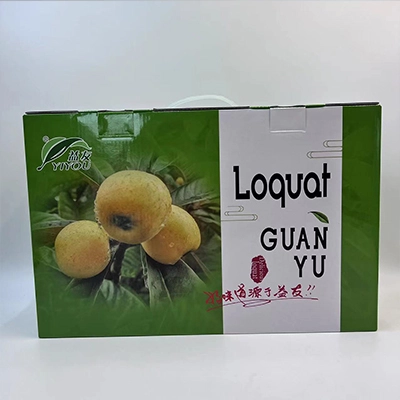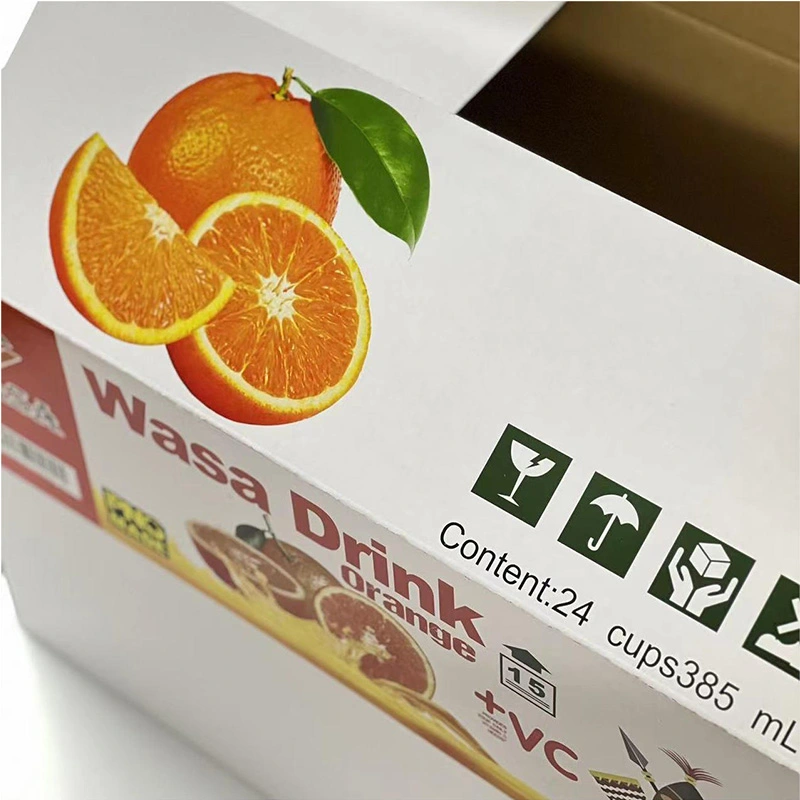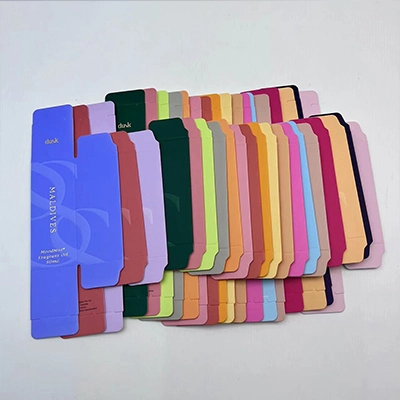As the Mid-Autumn Festival approaches, mooncakes, the traditional delicacy of this festival, are not only a must-have in every household but also an important medium for maintaining social connections through gift-giving. So, do you know the common materials used for mooncake packaging?
Outer Mooncake Packaging Materials
Paper Packaging Materials
The most common mooncake packaging material on the market today.
Paper mooncake packaging materials can undergo various printing processes, including gold stamping, embossing, UV, embossing, lamination.
These processes are great choices for packaging effects. Most importantly, paper mooncake packaging boxes are low-cost, sturdy, durable, and laminated paper can be moisture-proof, environmentally friendly, and degradable, making them a choice for many major brands today.
Metal Materials
Generally use aluminum, tin, or iron.
Metal mooncake packaging materials offer good moisture and oil resistance, and can be reused, making them a sustainable packaging solution.
Tin products have a certain mechanical strength that can protect internal items from moisture, rust, and oxidation. Additionally, they have high stability and a long service life.
The primary raw materials for iron boxes are tinplate and matte iron. Iron boxes have excellent sealing properties, strong pressure resistance, good light-blocking properties, durability, and significantly reduce packaging losses during transportation, making them highly protective of the product. Moreover, the cost is lower compared to the other two metal materials.
Aluminum alloy materials have high hardness, ensure the safety of the items inside while maintaining a beautiful appearance, have a long service life, good corrosion resistance, and excellent mechanical properties.
Bamboo Boxes
Less commonly used in the market
Bamboo boxes are relatively heavy and their manufacturing process is more difficult and costly. However, mooncake packaging boxes made from bamboo materials are vintage and exquisite, matching the Mid-Autumn Festival atmosphere. Bamboo boxes are long-lasting and can be reused for other purposes after consuming the mooncakes.
Inner Mooncake Packaging Materials
Plastic Trays
Using plastic trays as inner packaging for mooncakes can reduce shocks and mechanical damage during storage and transportation, while also separating the mooncakes from moisture-proof agent bags. The main materials are polystyrene (PET, PVC).
Soft Plastic Outer Wrapping Bags
Using heat-sealed soft plastic outer wrapping bags can maintain the flavor and quality of the mooncakes, preventing oxidation and deterioration. The main materials are polyethylene terephthalate (PVDC, BOPP) film paper boxes. Mooncakes made with these paper boxes are beautiful, convenient for transportation and stacking, light-blocking, and can have product information printed on them. The main material is composite paper, lined with PE, PT/PE, BOPP, etc., offering good moisture resistance, high recyclability, and environmental friendliness.
Nitrogen Packaging
Fully nitrogen-filled mooncake packaging prevents spoilage and moisture. Modified atmosphere packaging: Filling with a certain proportion of carbon dioxide can inhibit the growth of aerobic bacteria, thereby preventing oxidation and deterioration of the pastries, and avoiding deformation from external forces.
Inner Liner Trays
Outer Packaging: Reduces mechanical damage to the pastries and separates them from deoxidizer or moisture-proof agent bags.
Vacuum Packaging: Prevents oxidation and deterioration of the pastries and can also prevent them from scattering.
The above is an introduction to the types and materials of mooncake packaging. When choosing mooncakes, consumers should not only pay attention to the brand and flavor but also carefully select the appropriate packaging.
 GET A QUOTE
GET A QUOTE
 YG Paper Packaging Co., Ltd.
YG Paper Packaging Co., Ltd.
 EMAIL
EMAIL
 PHONE
PHONE

 English
English





 Call us on:
Call us on:  EMAIL:
EMAIL:  No.1 Gaoxin Road, Zhouzhuang Town, Kunshan City, Jiangsu Province, China.
No.1 Gaoxin Road, Zhouzhuang Town, Kunshan City, Jiangsu Province, China. 


